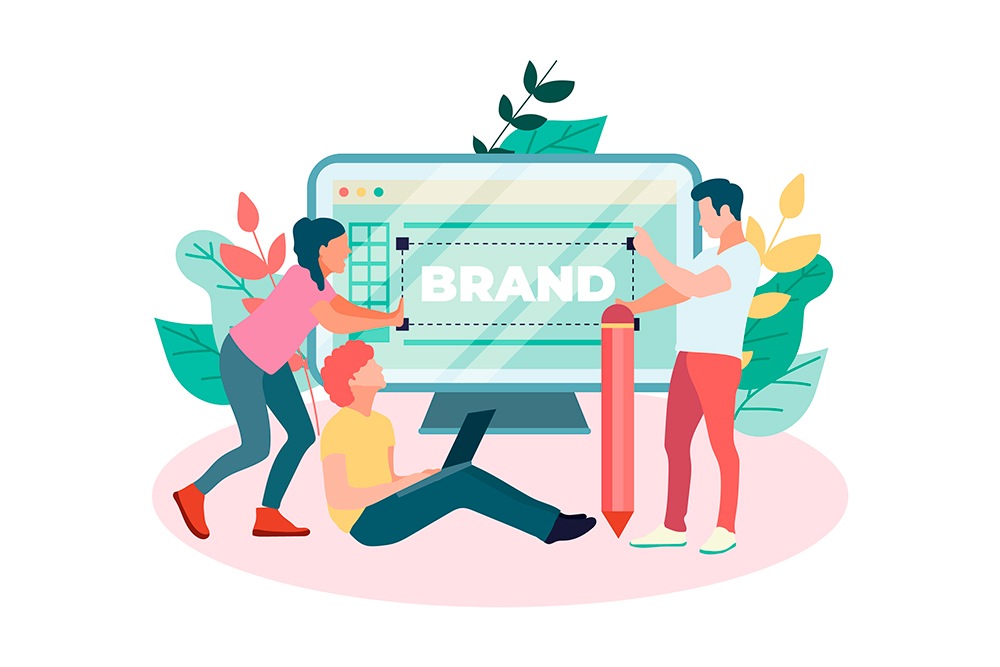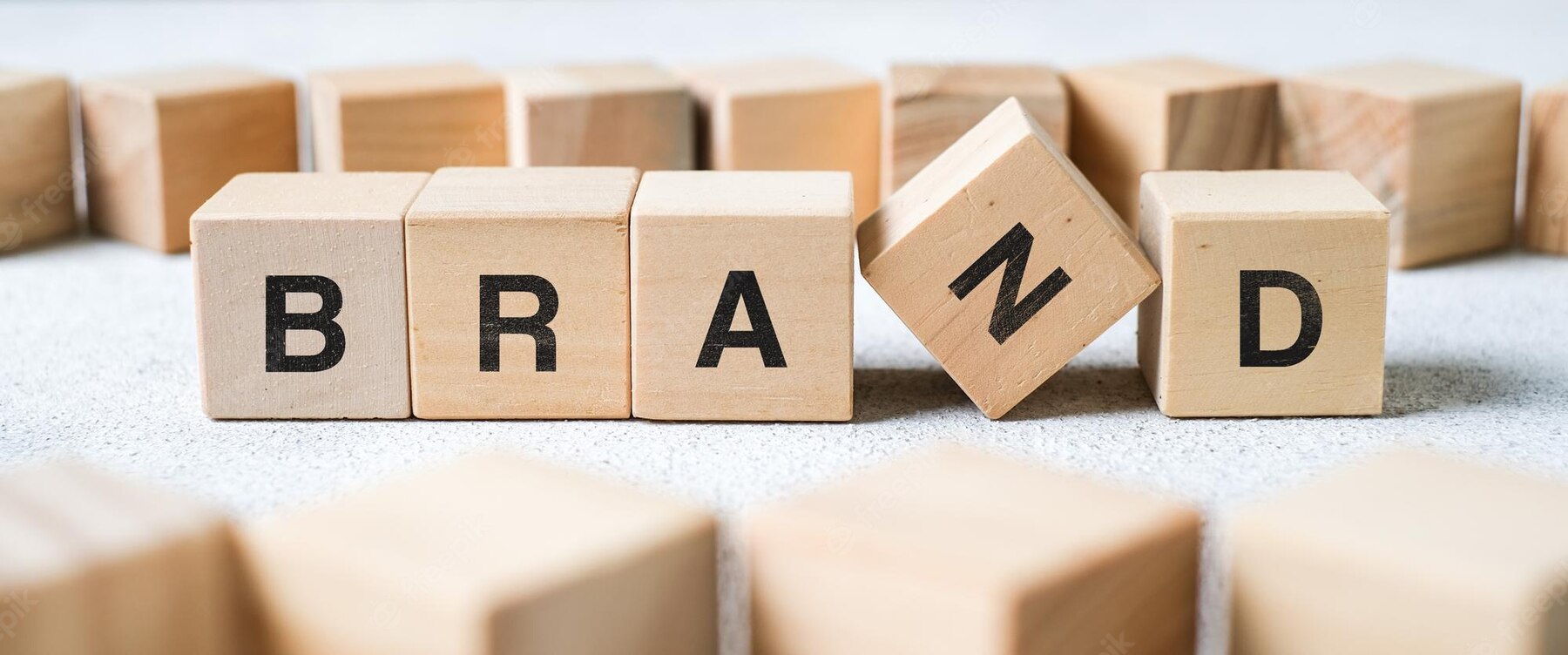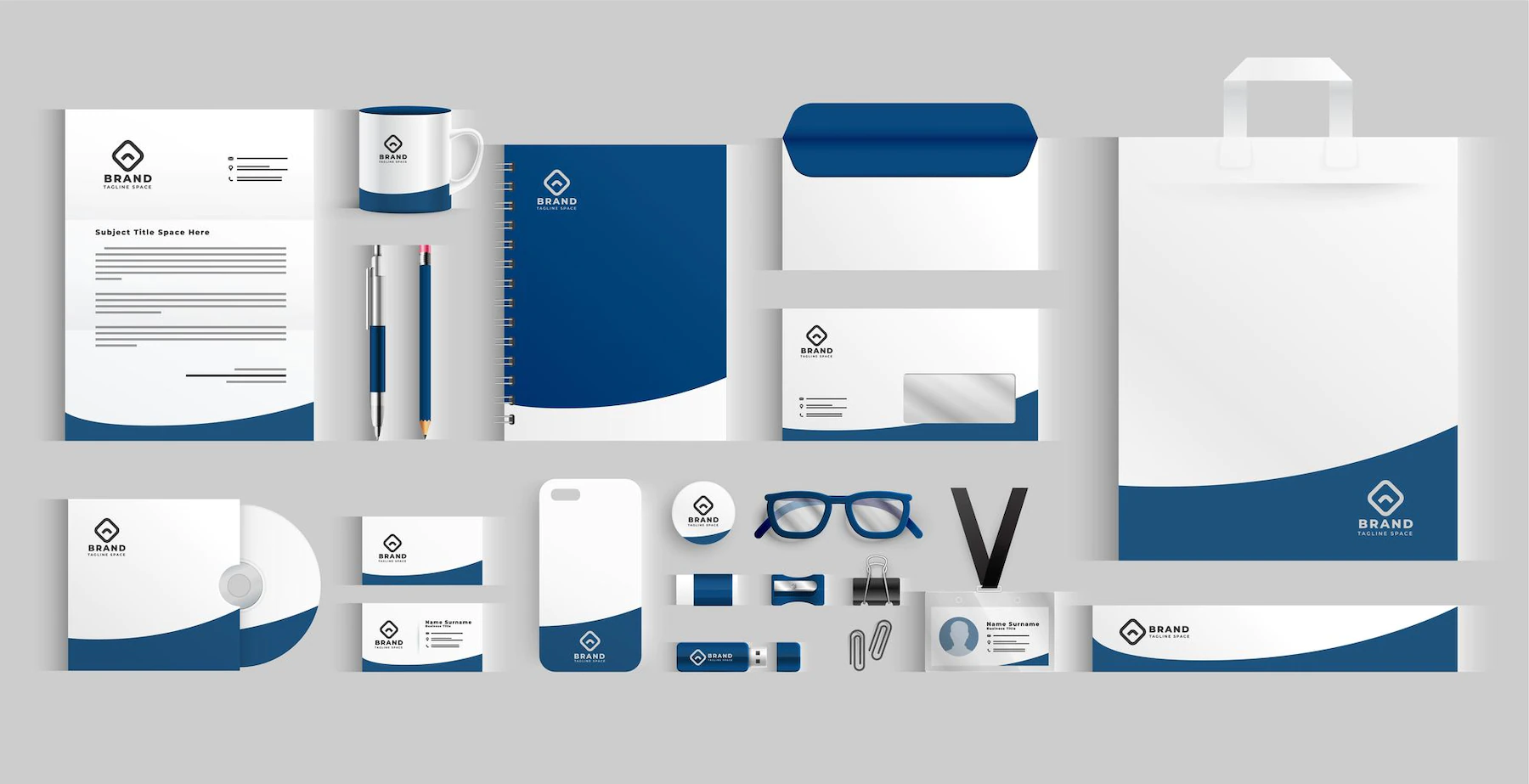Visual Design & Branding
Branding Services Overview
Developing brand image is a long process and completed. It’s not just about the logo, the color scheme or a website. It’s everything you want the the world know about you. Your brand image must show who you are, your vision, mission, and how you want your audiences perceive about the company.
TwoK is a full-serivice branding agency. The success of your brand is our reputation. We will take care it like our own brand image. Our experts’ team will invest all skills and effort to make you brand stand out and achieve your requirements.

How TwoK Develops and Positions Your Brand
12

twok tech – visual design branding
We work closely with our clients to develop world-class brands that stand out and create brand loyalists. Just like your business, the process of developing your brand identity, messaging, and positioning is completely unique. Our branding experts focus on defining your company’s core belief (your WHY) and positioning your business for success. Depending on your brand’s level of development, our process generally involves some key steps:
1. Mission, Vision
First step is to understand your company’s mission and vision. If your business has already developed its own mission and vision statements, we will dive into them.. In case if your company does not yet have a mission statement or vision statement, our team will work with you to develop ones that capture the essence of who you are as a company and what you hope to accomplish.
2. Competitive Analysis
Next step is conducting a competitive analysis. We believe understanding yourself and your competitors will provide better branding strategy. Therefore, besides defining your mission and vision, we must identify your company’s top three to five competitors to understand their key messaging and how they position and differentiate themselves in your market. This analysis will help to position your business with other competiors in the markets and how we should plan to achieve our planning position.
When appropriate, we also analyse and evaluate your business’s intake process or sales cycle. We work to gain a clear picture of how your company’s intake process works and then compare it against your competitor’s intake process. This provides crucial insights into the first impressions of potential customers and help you understand how your business compares with your competition.
3. Consumer Research
Your brand image is not just aboutwho you present yourself; it’s what people think of you. Because of this, actually talking to your company’s customers is a crucial aspect of understanding where your brand stands today.
During the consumer research stage of the branding process, we talk to your customers or clients in the form of focus groups, surveys, or one-on-one interviews to understand how they actually think and feel of your business. We work to understand your clients’ experiences, perspectives, and feelings about your brand.
4. Brand Positioning Workshop
Through an extensive series of questions, we unearth not only the brand essence but how your business stands out from the competition. Identifying the emotional and rational benefits you offer your customers and evaluate how you connect with them on an emotional level. The questions in this process primarily revolve around the following topics as below:
- Reasons to Believe: Who is your target customers? What are the reasons your customers will choose you?
- Benefits (Rational & Emotional): What tangible service or benefit do you offer your customers? How do your products and services meet their standards?
- Competitive Insight: What is different about your products and services How do your products stand out from the market?
- Personification & Brand Character: How do you characterize your business as if it was a celebrity or a person?
Brand Identity
zc

twok tech – branding
Depending on the stage of your company’s existing brand identity, we can develop a new logo, color, treatment, voice, and even a new name for your brand. The Brand Identity Package can be used internally or given to other entities who market your company to ensure that your brand’s identity and messaging always stay consistent with the brand position.
1. Understanding the Brand Framework
Your brand is people’s gut feeling about the products or services you offer. It is measured and formed over a period of time, based on people’s interactions with it. It’s not necessary when the customer actually using your product or service, seeing advertisements, reading reviews, or hearing things from friends, people will have a feeling – and a reaction – when they hear the name of your brand.
Successful branding sets your business apart from the competition. It is a strong advantage, guiding you and your team toward a stronger position on the market.
It involves your story, your values, your message, and your visual identity. It leverages your expertise, your history of success, and customer testimonials.
The brand framework encompasses all of the necessary and interconnected aspects of your brand.
2. Brand Strategy
This part of the Brand Framework is what TwoK focuses on during our Brand Positioning. It involves the critical elements needed to define your company’s WHY and position your brand in the current market. The brand strategy follows as:
- Messaging: how do you describe brand’s message via words, terms, phrases.
- Category and Position: The way your brand stands out from the competition
- Architecture of Offerings: Your company’s prioritized products and services
- Promise and Experience: What your brand promises and delivers to your customers
- Market: The demand and competition for your business
- Customers: The consumers who will purchase/consume your products or services
3. Brand Identity
Once the elements of your brand design have been established, it’s time to bring your brand identity to life. Consistency is key to your brand identity. All your social, marketing channels should have something similar, something that stands and present your brand. Again, it’s not just about the logo, the color, the design, but what the vibe of your brand identity is. It is a reflection of your company and its unique personality. Your design assets are the practical elements that determine how your brand is perceived.
Our brand design experts have decades of UI/UX and graphic design experience. Whether building from the ground up or honing your existing brand elements, we create stunning visual assets that invoke a distinct impression and stand the test of time.
- Name: The outward-facing name of your business
- Logo: Your logo is the cornerstone of your brand identity. It should be simple, clean, and clearly communicate who you are and what you value.
- Colors: The colors you use have a big impact on the way people perceive your brand. For example, red signifies passion and excitement, yellow exudes cheer, blue expresses stability and trust, etc.
- Forms and Shapes: Logos that are square and sharp inspire a very different reaction than a logo that uses circles and soft edges.
- Typography: Just like colors and shapes, typography represents different personalities and induces different reactions in the minds of your customers. For example, serif fonts (like Times New Roman) give a more traditional and trustworthy feel to your brand while sans serif fonts (like Helvetica) portray a sleek, modern vibe.
- Personality: The voice and tone used to express your brand’s character.
- Design: A brand’s design system involves images that express a consistent mood and style. Whether it’s loose and playful or structured and serious, your design style must reinforce your brand’s image.
- Tagline: A slogan or catchphrase used to market your brand.
- Assets: The brand elements owned by your business.
4. Brand Management
Brand management deals with the strategy, assessment, and internal and external training of a brand’s positioning, customers, perception, and image. From your website and advertising to sales pitches and inter-company communications, your brand needs to be consistent at every level. This involves the execution and ongoing analysis of your brand positioning and messaging, including:
- Planning: The development of the brand positioning strategy
- Tools: The items needed to execute the brand positioning strategy
- Evolution: The continued development of the brand over time as culture changes
- Monitoring and Assessment: The ongoing analysis of the performance and effectiveness of a brand’s positioning
- Training and Adoption: Your staff must be educated on brand messaging and positioning and the execution of that training.
5. Brand Experience
More than just market positioning, your brand is everything of how people experience your company. It can be reflected on your website or how your office looks and feels. It includes your marketing strategy and how effectively you wow your customers in their personal encounters with you.
Your brand should be integrated into every level of your organization. It should be consistent across every action, behaviour, and communication, both internally and externally.
This involves the actions your business takes to present your brand to the public, including:
- Products and Services what your company offers
- PR & Events: The maintenance of your brand’s image through messaging and events
- Personal interactions: The direct experiences from your customers about business
- Environments: The surroundings or conditions in which your company operates
- Print Materials: Your brand identity needs to be consistent throughout every communication channel with your audience, including print design. Print ads, letterhead, and business cards reinforce your branding.
Ready To Grow Your Business?
Contact us to work with a results-driven digital marketing agency.